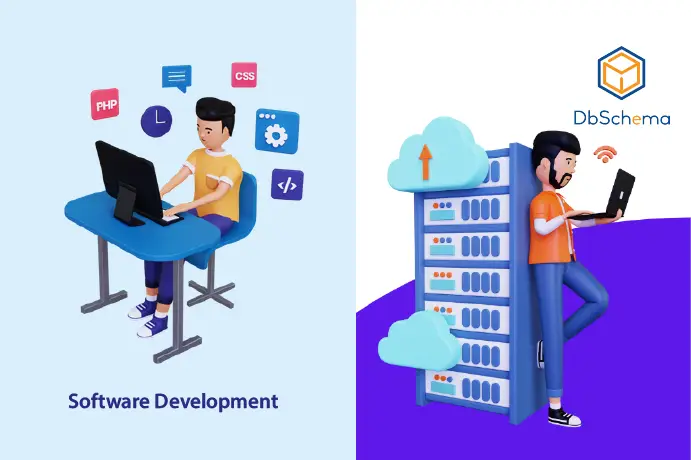-
+91 97117 68186

In software development, a schema plays a crucial role in organizing and structuring data. Here are several reasons why schemas are important:
-
1. Data Integrity: Schemas help enforce data integrity by defining the structure, format, and constraints of the data that can be stored. This ensures that only valid data is accepted into the system, reducing the risk of errors and inconsistencies.
-
2. Interoperability: Schemas facilitate interoperability by providing a standardized way to represent and exchange data between different systems and applications. When multiple systems agree on a common schema, it becomes easier to integrate and communicate with each other seamlessly.
-
3. Documentation: Schemas serve as documentation for understanding the data model used in a software system. They provide a clear description of the data elements, their relationships, and constraints, which helps developers, testers, and other stakeholders understand how data is structured and used within the system. 4. Data Validation: Schemas enable data validation by specifying rules and constraints that data must adhere to. This helps prevent incorrect or incomplete data from being entered into the system, maintaining data quality and consistency.
-
5. Querying and Analysis: Schemas facilitate querying and analysis of data by providing a well-defined structure that can be easily understood by database management systems and query languages. Developers can write queries and perform analysis more efficiently when they know the structure and constraints of the data they are working with.
-
6. Evolution and Versioning: Schemas provide a mechanism for managing changes to data structures over time. By versioning schemas and carefully planning schema evolution, developers can ensure that existing data remains compatible with new versions of the software, minimizing disruption and data migration efforts.
Conclusion:-
Overall, schemas play a fundamental role in software development by providing a foundation for organizing, validating, and exchanging data effectively within a system and across different systems.
Important role of schema in software development
Yes, schemas play a crucial role in software development, particularly in the context of databases and data modeling. A schema defines the structure, organization, and constraints of the data stored in a database. Here's why schemas are important:
-
Data Integrity: Schemas enforce rules and constraints on the data, ensuring its integrity and consistency. This includes defining data types, relationships between entities, and rules for data validation.
-
Data Organization: Schemas provide a blueprint for organizing data within a database. They define tables, columns, indexes, and other database objects, which helps developers understand how data is stored and accessed.
-
Interoperability: Schemas facilitate interoperability between different systems and applications by providing a standardized format for data exchange. When multiple systems adhere to the same schema, it becomes easier to integrate and share data between them.
-
Data Evolution: As software evolves, so does the data it manages. Schemas enable developers to modify and extend the structure of the database over time without compromising existing data or breaking compatibility with older versions of the software.
-
Documentation: Schemas serve as documentation for the database structure, making it easier for developers to understand how data is organized and accessed. This is especially important for collaborative projects or when new developers join the team.
-
Security: Schemas can also play a role in enforcing security policies by controlling access to specific data elements or defining permissions for different user roles.
Conclusion:
Overall, schemas are foundational to software development, providing structure, consistency, and maintainability to the data layer of an application.
